As humans, we’re attracted to colour. The blushing red of a tomato is a signal to us that it is ripe. The brightness of yellow leads us to think of the sun. Colour is important. It tells its own story.
As part of our rebranding at Giltedge, we are looking for ways to make your browsing and planning experience easier. Our colour key will make searching for and planning a trip that much easier and simpler.
For example, if you’re looking to plan a safari with a beach break at the end, you’d be looking for something in the red spectrum, bookended by the teal of the African sea.
Africa is an enormous place with many facets. It is impossible to experience the entire continent in one trip. The colours we have chosen to use throughout our content and icons should help guide you as you the trip you are trying to create.
Let’s take a look at the colours we’ve chosen and why we did so.
Giltedge Red
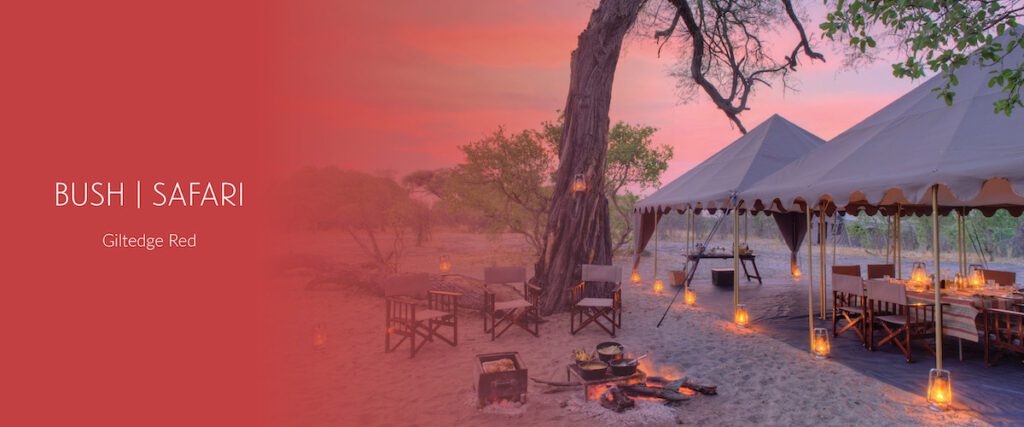
The African bush is the perfect escape from the hustle and bustle of city life. From the Kruger National Park to the Moremi Game Reserve, the bush is home to Africa’s endangered and wild animals. From mokoros and horseback to game viewing vehicles, walking safaris, and so much more, there’s no shortage of experiences in the African bush.
The red we use to indicate a bush experience is the red of the setting African sun. The deepest tones of a lion’s mane. The blood of a predator’s kill.
Giltedge Blue
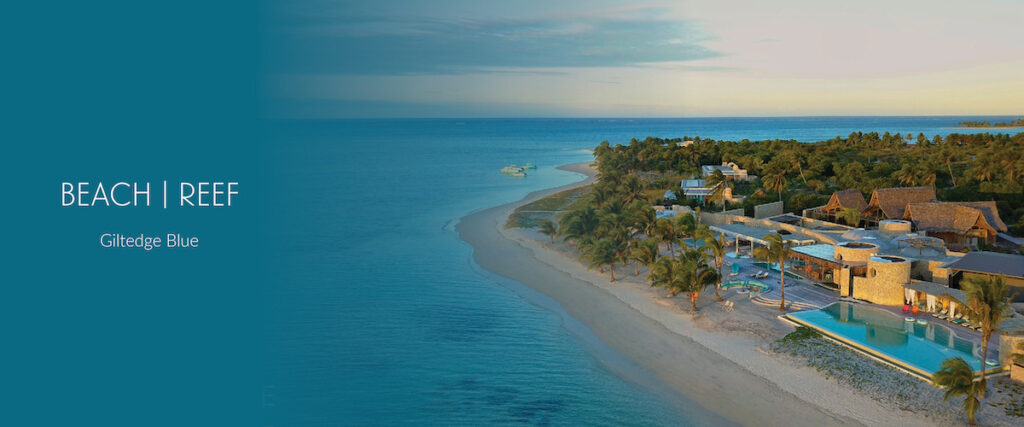
From Mozambique’s beachy paradise and Cape Town’s pristine white-sand beaches to the Indian Ocean islands, Africa is home to some of the world’s most beautiful coastlines. Truly, Africa has it all from shipwreck-dotted stretches of treacherous, icy Atlantic to the balmy, warm currents of the Indian Ocean. On any trip to Africa, you can choose the beautiful beaches that work for you.
The teal we’ve chosen is the teal of the greeny-blue African deep. It’s the colour of the Atlantic on a freezing cold day and the colour of the water around the coral reefs in the warmer Indian Ocean.
Giltedge Green
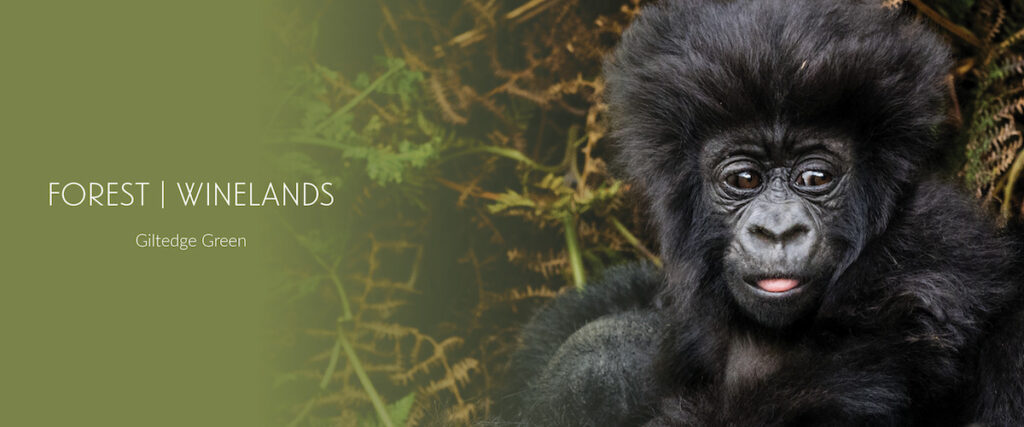
When people think of Africa, they often forget our many, incredibly lush forests. Places like the Bwindi Impenetrable Forest in Uganda, the ancient stands of yellowwood and stinkwood on the Cape’s Garden Route. Did you know that the Congo Basin is the biggest forest in Africa and the second-largest tropical rainforest in the world?
The green we have chosen is taken from the deep places of these ancient, lush forests that are home to endangered gorillas, flamboyant monkeys, forest elephants, rare butterflies and so many types of plants and trees.
Giltedge Peach
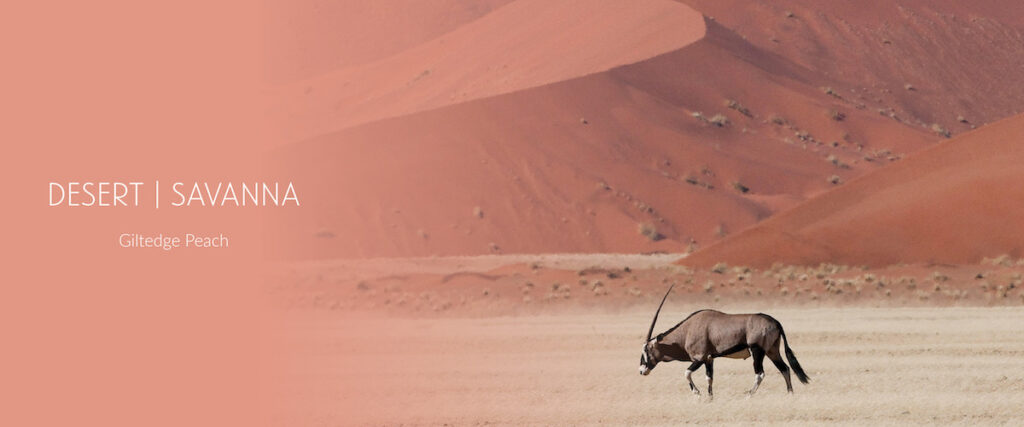
There are three deserts in Africa, and yet they are what so many people think of when they think of African travel. In the south, we have the Namib and the Kalahari, and further north there lies the Sahara. From the saltpans of the Kalahari to the sea-fringed sand dunes of Namibia, there is no shortage of desert adventures waiting for you in Africa.
The dusty pink we’ve chosen is the colour of a desert sunrise, just before the light floods the sandy plain. It’s the colour of the desert rose crystal, found in the deserts of Tunisia and beyond.
Giltedge Purple
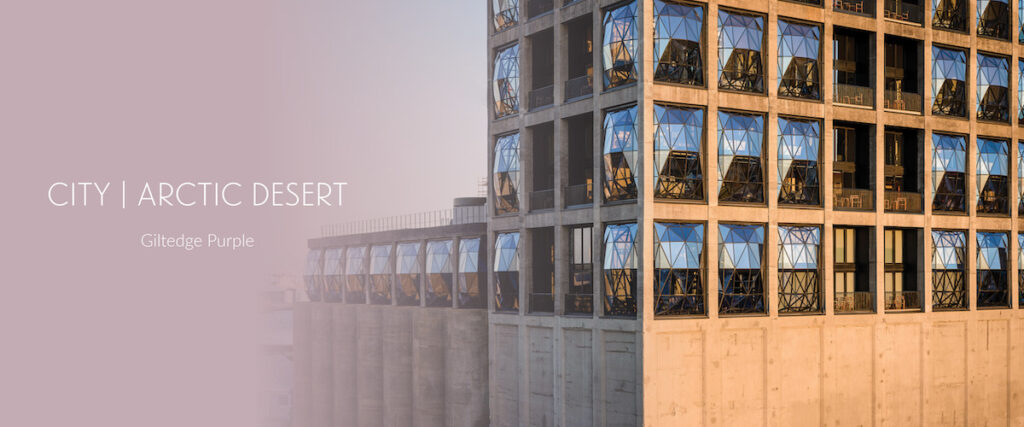
Our cities in Africa are often a surprise to visitors. They are bustling, cosmopolitan places full of life, nightlife, high rises, suburbs and so much more. Within our cities, or very close to them, you’ll find places like the Cape Winelands and Hartebeespoortdam that feel like they are a million miles away from the hustle of the city but are actually a stone’s throw. Then again, within reach of our southernmost city, Cape Town, is the White Desert, Antarctica. There’s nowhere quite like it in the world, and nowhere easier to reach it from.
The medium pink we’ve chosen is the colour of the city sunset, tinged with the heat shimmering off the streets and the buildings. It’s the colour of rosé grown in nearby vineyards clinking with the sound of ice blocks.
Going forward
From now on, you’ll be seeing these colours representing and accompanying our content, guiding your trip planning, and built into the very fabric of our brand, iconography, and so much more. We hope this has helped explain our choices and enlighten you as you our methodology.

